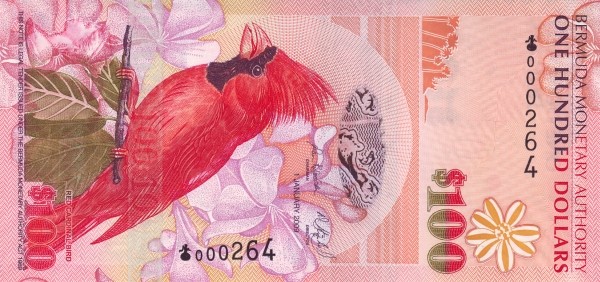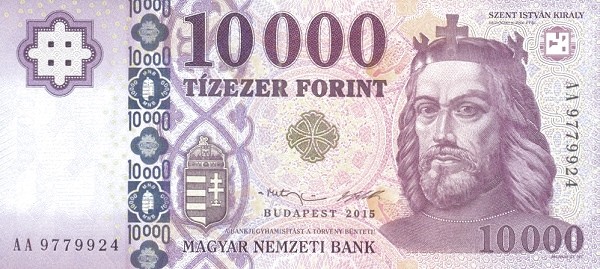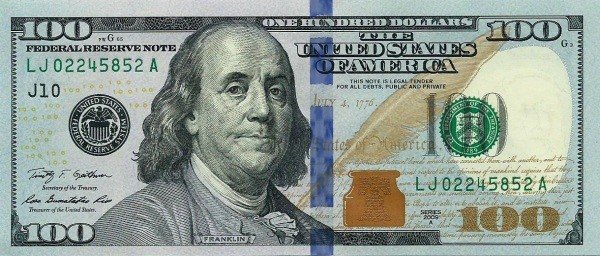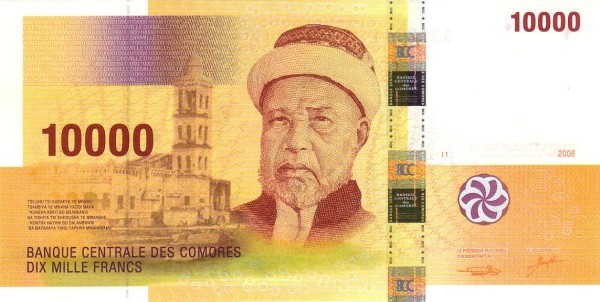Sudanese Pound
Sudanese Pound
The Sudanese Pound is the official currency of Sudan. It was introduced in 2007, replacing the Sudanese Dinar. The currency is issued by the Central Bank of Sudan and is denoted by the symbol "SDG". The Sudanese Pound is subdivided into 100 piasters.
The Sudanese Pound has undergone various changes in its value over the years. In recent times, it has faced significant depreciation due to economic challenges faced by the country. This has led to inflation and a decrease in the purchasing power of the currency.
Efforts have been made by the government to stabilize the currency and improve the economic situation in Sudan. These include implementing monetary policies, attracting foreign investments, and promoting economic diversification. However, challenges still remain, and the value of the Sudanese Pound continues to fluctuate.
It is important for individuals and businesses operating in Sudan to closely monitor the exchange rates and take necessary precautions to mitigate any potential risks associated with currency fluctuations. Additionally, it is advisable to consult with financial experts or institutions for guidance on managing currency-related matters.
Overall, the Sudanese Pound plays a vital role in the economy of Sudan. While it has faced challenges in recent years, efforts are being made to strengthen its value and promote economic growth in the country.
Below is the related paper currencies in Sudanese Pound.
2021 SDG100
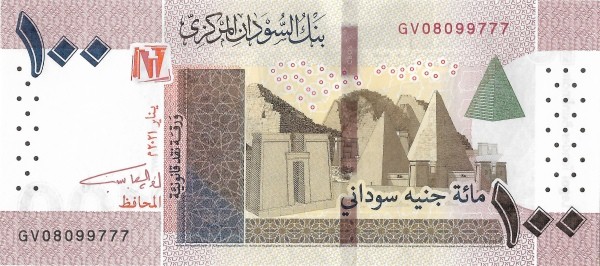
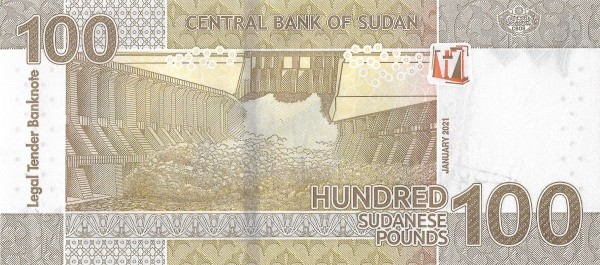
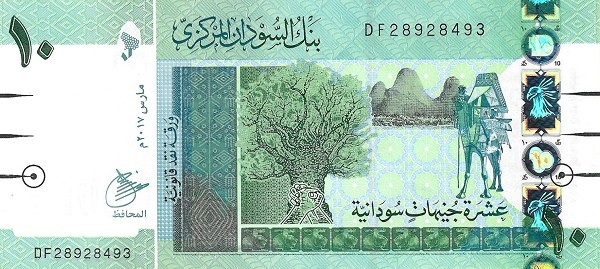
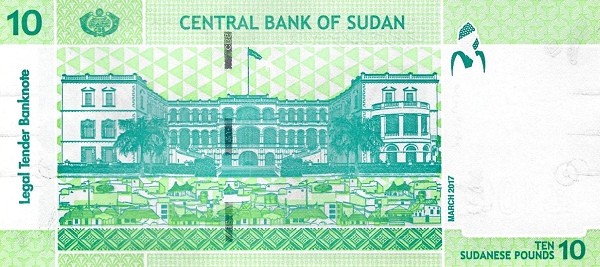
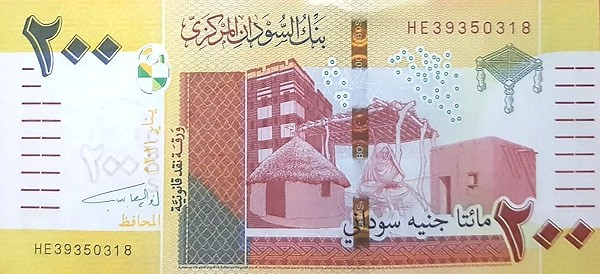
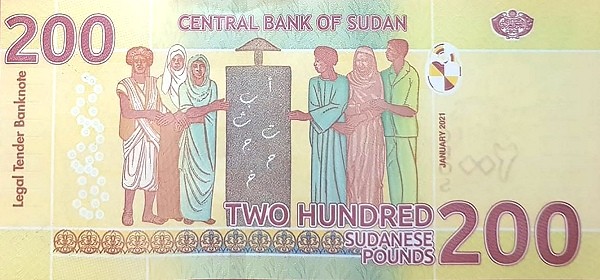

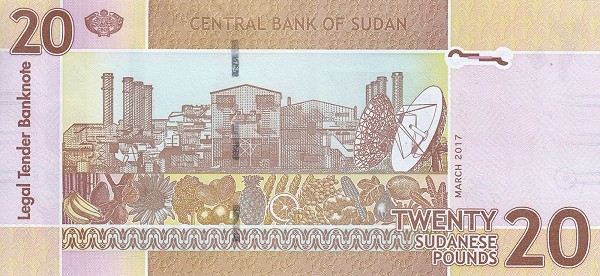


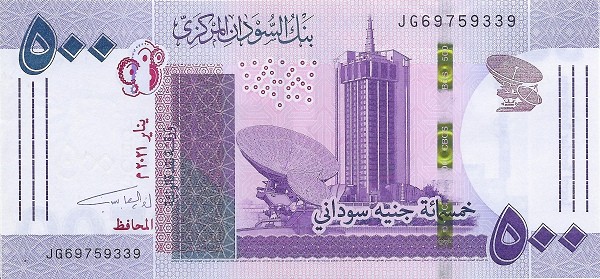
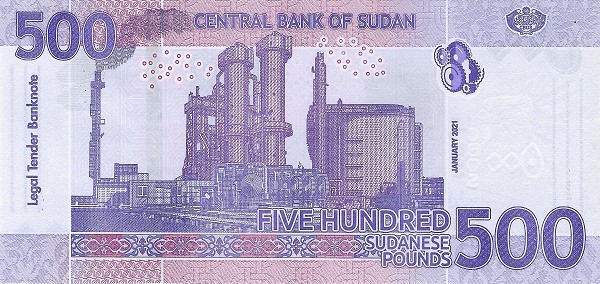
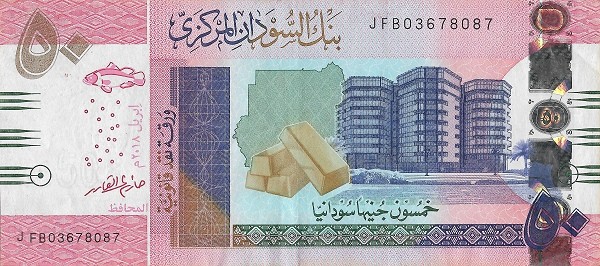
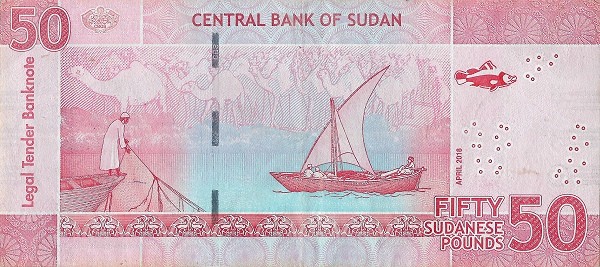
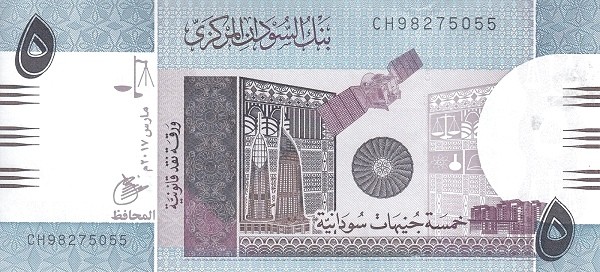
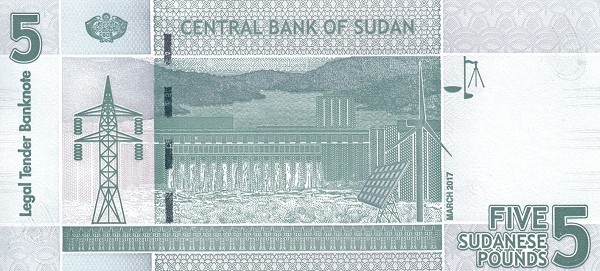
Bermudian Dollar
Bermudian Dollar2009BMD1002009BMD102009BMD202009BMD22009BMD502009BMD5
Hungarian Forint
Hungarian Forint2015HUF100002018HUF10002017HUF200002016HUF20002017HUF50002018HUF500
US Dollar
The US Dollar is the currency of the United States of America and several other countries and territories. It is also the most widely used currency in international trade and finance, and the main reserve currency of the world. Here is a brief introduction of the US Dollar:The US Dollar was
Comorian Franc
The Comorian Franc is the official currency of the Comoros, a small island nation located in the Indian Ocean. It was introduced in 1981 to replace the French Franc, which had been in use since the country's colonial period. The currency is issued by the Central Bank of the Comoros and is available in both paper and coin form. The exchange rate of the Comorian Franc is determined by market forces and is subject to fluctuations. While the currency has faced some challenges in the past, such





